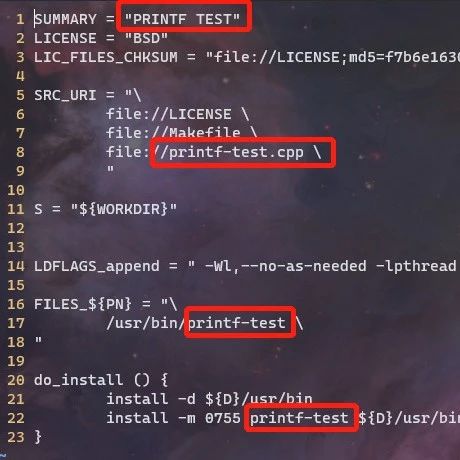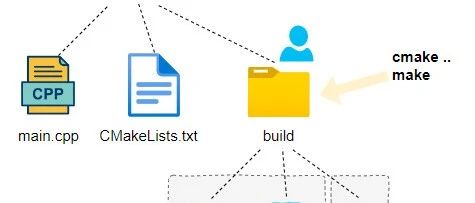Basics of Makefile
Lost Little Scholar Reading takes 4 minutes Speed reading only takes 2 minutes 1 Introduction The following C language code is very simple #include <stdio.h> int main(){ printf("Hello World!. "); return 0;} In Linux, we can compile it using the following command gcc hello.c -o hello However, as the project grows, there will inevitably be … Read more









